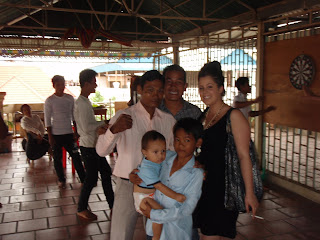
Ancient Queens Who Shaped an Asian Empire: Indradevi and Jayarajadevi
Indradevi jayarajadevi Ancient Queens Who Shaped an Asian Empire: Indradevi and Jayarajadevi
Indradevi and Jayarajadevi: Ancient Queens Who Shaped an Asian Empire
The Khmer civilization brought education, health, spirituality and enlightenment to the masses of 12th century Southeast Asia. Two women, both queens of King Jayavarman VII, played critical roles in the kingdom’s expansion and success.
(March 11, 1883 – September 25, 1969) is the
late Supreme Patriarch Kana Mahanikaya of Cambodia.Amongst
his achievements is his effort in conservation of the Khmer language in
the form of the Khmer dictionary. His protection of Khmer identity
and history in the form of the national anthem, Nokor Reach and
Savada Khmer are also amongst his
















